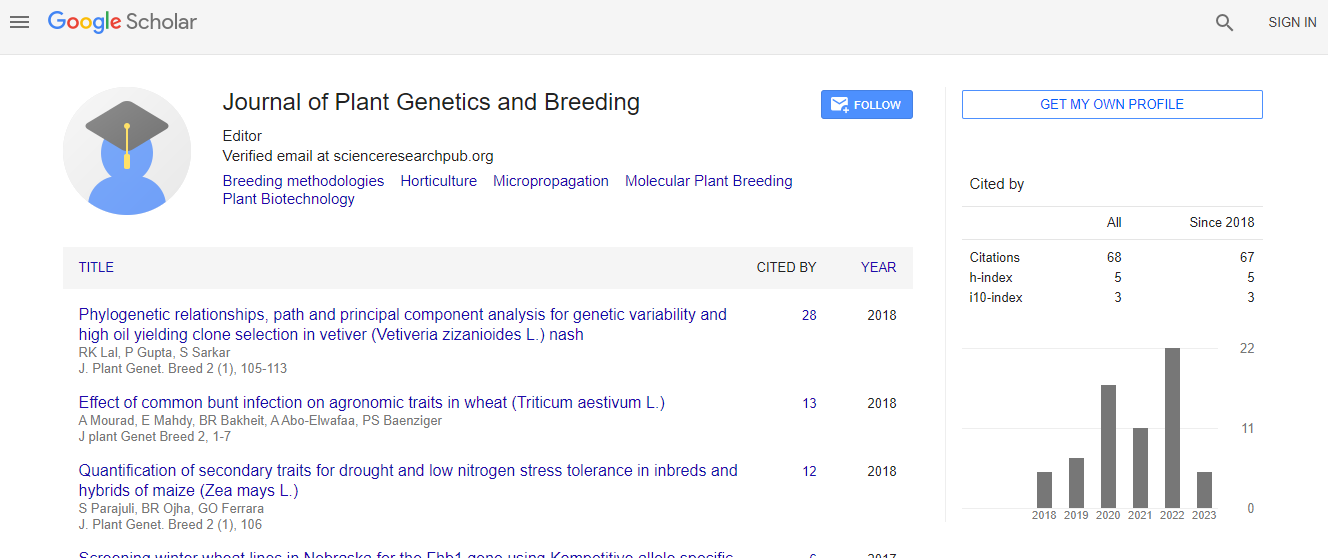Strategies for the Control of Brassica juncea-Parasite Plant Orobanche aegyptiaca
*Corresponding Author: Dagur HS, Indian Institute of Science Education and Research Bhopal, Madhya Pradesh, India, Email: hanumansinghdagur1996@gmail.comReceived Date: Feb 15, 2019 / Accepted Date: Apr 08, 2019 / Published Date: Apr 12, 2019
Citation: Dagur HS, Choudhary P (2019) Strategies for the Control of <em>Brassica juncea</em>-Parasite Plant <em>Orobanche aegyptiaca</em>. J Plant Genet Breed 3: 109.
Copyright: © Dagur HS, Choudhary P (2019) Strategies for the Control of Brassica juncea-Parasite Plant Orobanche aegyptiaca. J Plant Genet Breed 3: 109.
Abstract
Due to eco-geographical variation and human selection Brassica juncea has various forms and most commonly grown in North America and Europe as a kitchen herb, on the Indian subcontinent for seed oil and the Far East as a vegetable. The plant broomrape, Orobanche aegyptiaca is the major weed which drastically diminishes the yield of world-wide economically important crops from 5%-50%, whereas it reduces the yield of Indian mustard up to 30%. The Orobanche aegyptiaca is a holo-parasite as well as non-photosynthetic having a complex lifestyle. Various methods such as chemical, physical & biological have been applied and suggested for the management of Orobanche aegyptiaca. An integrated approach can be one of the most preferable and effective methodologies used to control the plant parasite. We have identified few gene candidates which can be used further to control the holoparasite via siRNA technology. Also, one more step is added to the integrated approach i.e. Bio-briquette machine in which one can harvest the weeds and use it for domestic purpose. The role of fungal agents has been reviewed in the mechanism of signal transduction of Orobanche aegyptiaca and Brassica juncea. Also, it took in consideration about the photosynthetic genes which are present in the holoparasite even though the Orobanche aegyptiaca is a non- photosynthetic plant. It has been checked whether these genes are pseudo-gene or not, using PAML and HYPHYMP package. Based on these results, it is hypothesized that these genes play a crucial role in early development of Orobanche aegyptiaca before developing mature haustorium. The study proposes a new insight into fungal-fungal signal transduction in a plant-parasite-host relationship that can lead future aspects in science.

 Spanish
Spanish  Chinese
Chinese  Russian
Russian  German
German  French
French  Japanese
Japanese  Portuguese
Portuguese  Hindi
Hindi 